- Home
- The Way of St. Francis
Jump to Way of St. Francis Stages
The Way of St. Francis ~
La Via di Francesco, Introduction
The Way of St. Francis or La Via di Francesco is a modern Italian pilgrimage, that celebrates the beloved patron saint of Italy, the founder of the Franciscan order of monks and best known as St. Francis of Assisi. This humble man who lived over 800 years ago, was a lover of animals and nature, used "Sister Mother Earth" as his monastery, and lived the simplest and most dedicated of lives.
Almost from the moment that I first heard about the Way of St. Francis pilgrimage, I was very drawn to it. When I learned that it was not an actual ancient pilgrimage trodden by many feet over the centuries, like many others (most notably the Camino de Santiago), it did not matter to me.
I was hoping to experience the same phenomenon as I did walking the Camino Teresiano, some years before, which celebrates the life of St. Teresa of Ávila.
Walking the Camino Teresiano, also a modern day creation, helped me understand her and her teachings. In a similar manner, I hoped the Way of St. Francis would bring me closer to understanding this saint's teachings.
St. Francis of Assisi, perhaps the most venerated of Christian saints, has touched so many Italian villages in north central Italy, that creating a pilgrimage route to connect the places where his life has left his mark, seemed to me to be a natural thing.
And walking through the Italian countryside was also a plus! I had always wanted to go to Italy and this seemed like the perfect combination for me.
When I initially designed this website, I had no intention of singling out and focusing on a particular pilgrimage, however, I got caught up in the Camino de Santiago phenomenon, and kept returning to it, many, many times. Only once did I stray, with the Camino Teresiano as noted.
During the pandemic of 2020-2022, and a synchronous commitment to caring for my ailing mother-in-law, I was faced with much more time for personal life examinations. It was during this time of reflection that I decided it was time to explore other pilgrimage dimensions.
It is no coincidence that in a time where I felt trapped within my life's responsibilities, that the simple, pure message of St. Francis would speak to my heart. And being a life-long pilgrim, the Way of St. Francis pilgrimage grew in my heart as well.
St. Francis of Assisi Prayer
It seems only proper before walking this route, to get to know the saint, through his works and his writing. The quote below, most commonly known as the St. Francis of Assisi Prayer, or the Prayer for Peace is perhaps one of St. Francis' most famous writings, and for sure one of the few that I was familiar with, from many years ago.
Where there is hatred, let me sow love,
Where there is injury, pardon;
Where there is doubt, faith;
Where there is despair, hope;
Where there is darkness, light;
And where there is sadness, joy.
O Divine Master,
Grant that I may not so much seek
To be consoled as to console;
To be understood, as to understand;
To be loved as to love.
It is in pardoning that we are pardoned;
And it is in dying that we are born to eternal life."
~ St. Francis of Assisi
As it turns out, these words above were not actually penned by St. Francis, but a 20th century unknown French poet, according to scholars.
These words first appeared around 1912 in a small spiritual magazine in Paris, so it is believed that the editor himself may have written the prayer. Because of the Great War, the prayer caught on and stuck to St. Francis when the words were printed on a card with a St. Francis icon (perhaps intentionally, but who knows?).
Over the coming years as more wars materialized in the 20th century, various political and spiritual figures continued the tradition of giving credit for these words to St. Francis.
The words are beautiful, regardless of who wrote it, and for the most part, almost every spiritual organization continues the tradition of attributing the prayer to St. Francis.
This, and the Canticle of the Creatures, his second most popular piece, were to become my mottos for my personal, Way of St. Francis pilgrimage.
Way of St. Francis EBook Guide
Our downloadable Way of St. Francis eBook Guide, in PDF format, contains all the valuable information from our web pages, for comfortable reading off-line in the mountainous and remote areas along this Way. Don't carry a heavy paper book, but use our digital eBook on your mobile device instead! You can deeply connect to nature, following in the footsteps of St. Francis, through the Italian countryside!
Our eBook guides are packed with frequently updated information, because a digital format is more nimble than hard-copy publishing. Our eBook Guide is unique because we also entertain and immerse you with our story! Click here for more information OR BUY NOW.
Jump to Way of St. Francis Stages
St. Francis: The Man and His Mission
For a biography of St. Francis, the reference I recommend to assist you in understanding his life and mission is The Complete Francis of Assisi. In addition to the story of his life this work also contains his complete writings.
Also included in this reference is "The Little Flowers," a somewhat controversial collection of tales of St. Francis that circulated among his followers after his death. This oral tradition was most likely written, according to scholars, by multiple hands eager to write down the tales.
This recommended volume is 416 pages and I was unable to read in its entirety prior to my pilgrimage. I did, however, purchase the digital copy and dedicated myself to reading as much of it as I could on my journey through the lands where his life touched so deeply. I continue to read it now, as I write.
St. Francis of Assisi Cross:
The Tau Cross
The cross most commonly associated with St. Francis and the Way of St. Francis, is the simple wooden cross, shaped like the last letter of the Hebrew alphabet, Tau, or "T." This is significant, because this symbol was used in the old testament as a mark of true believers (Ezekiel 9:4).
Again in 1215, and only five years after approving Francis' community of brothers, Pope Innocent III, in his reform of the Roman Catholic Church, solidified the use of the Tau. Like in Ezekiel's time, it was used as a mark to signify a commitment to faithfulness and compassion, which St. Francis readily adapted. He eventually used the Tau to sign documents instead of his name.
We would see this emblem everywhere on the Via di Francesco! The Tau cross is a simple thing, made from the cheapest of materials, that is reflective of the saint's philosophy and life. You can click on the photo or here for a link to Amazon to purchase this cross for your pilgrimage. We purchased one at the Sanctuary in La Verna, the start of this pilgrimage, and attached it to our backpacks, much like the Camino de Santiago shell.
Jump to Way of St. Francis Stages
Way of St. Francis Distance
As for the Way of St. Francis pilgrimage itself, it is not easy! This is the most difficult and mountainous of pilgrimages. Most stages on this route contain many ups and downs! Plus, to make it more difficult, the end of so many stages consists of climbing up a hill into the fortified town! What you put out in effort is rewarded with sheer beauty! As you may expect, the most beautiful stages are also the hardest.
Do not be put off by the difficulty of this pilgrimage. Go slowly, enjoy, find your pace, adjusting it for the elevation changes. Your "new" normal pace may be a third or more slower than your normal, especially if there is weather and slippery ascents and descents to deal with!
The Way of St. Francis is traditionally divided into two sections. The first, the Northern Way or the Via del Nord, from the sanctuary in La Verna to Assisi is roughly 200 kilometers and 8-10 stages, and the Southern Way or the Via del Sud, from Assisi to Rome is roughly 300 kilometers and 12-14 stages, for a grand total of about 500 kilometers.
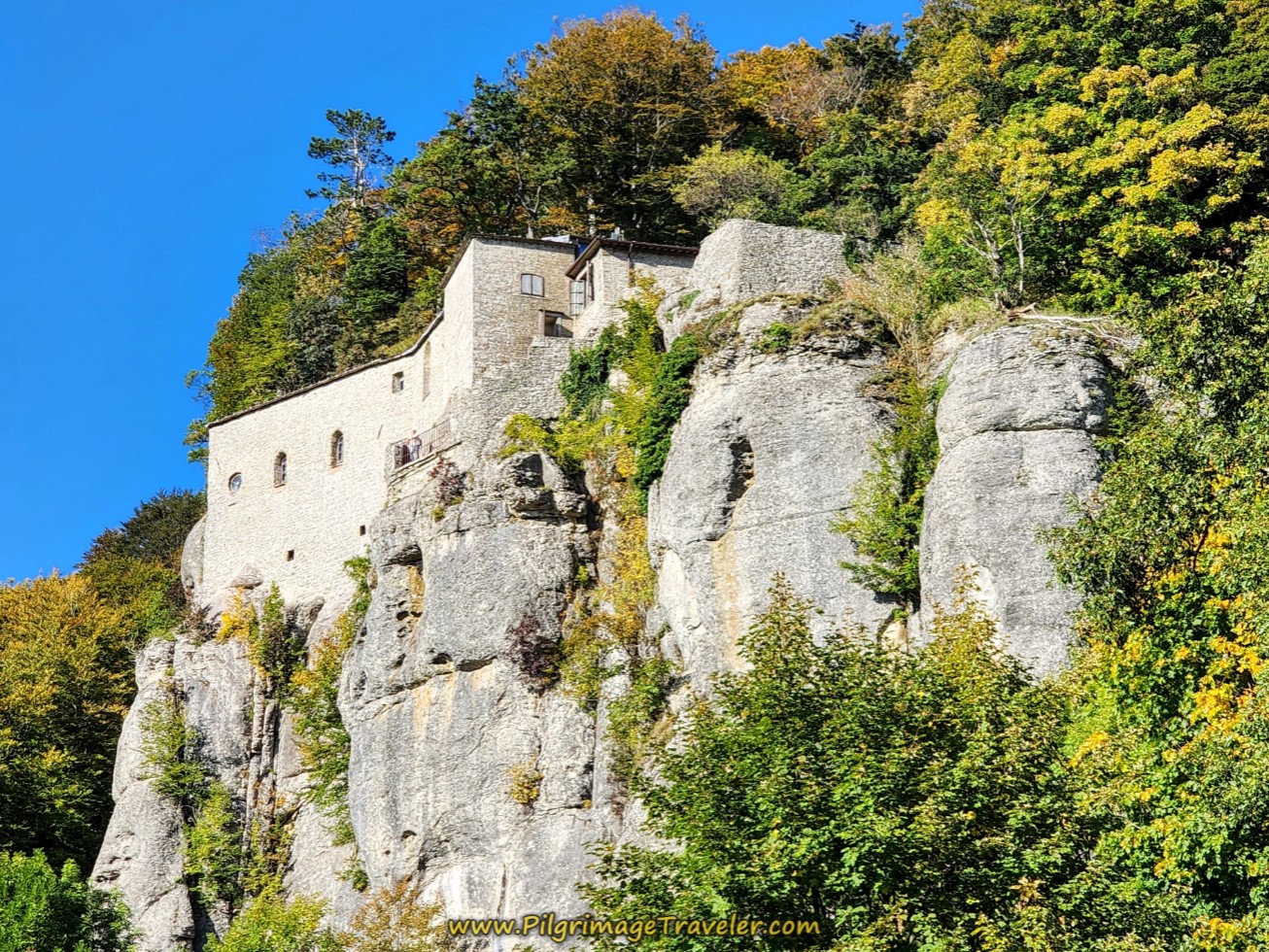 Santuario della Verna - The Dramatic Start of the Via di Francesco, Nord, where San Francesco Received the Stigmata
Santuario della Verna - The Dramatic Start of the Via di Francesco, Nord, where San Francesco Received the StigmataThe Southern Way is often walked in reverse, from Rome to Assisi. It all depends on which city you choose to end your pilgrimage.
In fact, the Northern Way is walked in reverse as well, especially by the locals. The Sanctuary in La Verna, where St. Francis received the stigmata is a most holy place, and is indeed worthy to end a pilgrimage here!
Many pilgrims start the Northern Way in La Verna, walking south to Assisi. Then they start the Southern Way in Rome, walking north, to once again finish in Assisi. It seems to make sense, given that this is a tribute to St. Francis whose main geographical location during his life was Assisi and it is there in the basilica where he is buried.
The fact that many pilgrims walk these routes, from either direction, is a unique feature of the Via di Francesco. (For a downloadable map and our GPS tracks of the entire Way of St. Francis, and all its features, click here.)
Jump to Way of St. Francis Stages
What is the Official Via di Francesco Route?
Since this pilgrimage is young and not as well established, you will see other starting points for the Way of St. Francis. A popular alternative is to start in Florence, walking eastward through more secluded mountainous regions, including a small portion through the Parco Nazionale delle Foreste Casentinesi, an Italian national park, and seeing the 11th Century Eremo Camaldoli hermitage along the way, eventually connecting with Il Santuario della Verna. This choice adds six more stages and another 95 kilometers. It is also my understanding, from stories from other pilgrims, that finding waymarks on this nonofficial route may be tricky at times.
The rationale for a route starting in Florence is the difficulty in reaching La Verna by public transportation, so you may as well walk it. We did not want to add more remote forest walking days, nor more mileage, so we chose the shorter, simpler, Official Italian route, called the Via di Francesco, that you can access, in English through the link here. However, I found that the GPS tracks on this site were outdated, as one might expect. For my GPS tracks and maps click here.
How Does One Get to La Verna?
We did not find getting from Florence to La Verna all that difficult, utilizing mostly trains, which we prefer over buses. It just took us a bit of effort to figure out. But I have done it for you!
From Florence, Santa Maria Novella station (in the center of the city) to Arezzo, the Trenitalia (has an English version) runs every 30 minutes.
Once in Arezzo, you transfer to a local train from Arezzo to Bibbiena (the TFT Arezzo-Stia line, just click on the Stia line link, then it is the table to the left of the timetable document), which runs about every 30-40 minutes depending on the time of the day.
Once in Bibbiena, then you take the H11 bus from Bibbiena to La Beccia (be sure to tell the bus driver this is where you want off, pronounced "la Baycha"). The bus stop is right in front of the train station, so the transfer is easy.
Be sure to arrive in Bibbiena by just before 2 p.m., because the last practical bus to La Beccia leaves at 2:14! You have to buy the bus ticket at the Tabbachi shop just up the main street from the train station. Look for the big blue "T" that is on all the tobacco shops in Italy.
For your convenience, I placed the bus stop and the Tobacco shop on my google map, click here to get that map.
If the tobacco shop is closed when you arrive, the bus driver will not have tickets to sell, but most likely he will let you on the bus for the 35 minute ride to La Beccia. That is what happened with us. To be really safe, arrive in La Beccia before all the shops close down for siesta at 1:30-2:00, so you can buy your ticket.
Do not fret about buying your train tickets beforehand (which I did). We found it is easiest to get them on the day of travel, because there are vending machines at the stations, and they have the ability to select English as your language.
Just be sure you validate your train ticket after you purchase it, before boarding the train. There are little stamp machines as you enter the boarding areas, where you slide in your ticket to get it stamped. You will be fined if you don't do this! They are very strict about it. If you can't find the machine, just ask! And carry your Italian translator app, just in case!
Also, the big train stations can be confusing. Make sure when you are looking at the departure boards that you know the line/final destination city/number of the train you want. You may not see "Arezzo" or "Bibbiena" if the train goes onward. Look at your ticket, you will see the line, and you will see the line on the departure board as well. Again, if you don't get it, just ask! The Italians are super helpful!
Once arriving in La Beccia at the foot of the hill of the sanctuary, there is a lovely and steep cobblestone walking path that takes you up the hill, 650 meters to the sanctuary. The way is clearly marked by signs, so you really can't get lost. Especially if you download my GPS tracks to guide you!
It is just as easy to get the train from the Rome Termini Station, in the center of the city, to Arezzo, and continue onward as above.
A final note: Do not confuse the Way of St. Francis with the Way of Assisi, or the Cammino di Assisi, yet another Franciscan route that starts in Dovadola, north of La Verna, and ends in Assisi, with six stages and 109 kilometers prior to La Verna. After La Verna, this cammino sometimes, but not always uses the Way of St. Francis route. Most significant is that after La Verna the Cammino di Assisi walks through Caprese Michelangelo, the birthplace of the famous man, where the Via di Francesco does not.
Jump to Way of St. Francis Stages
The Uniqueness of the Way of St. Francis Pilgrimage, in Our Opinion
It was our goal to walk the entire route, north to south, from La Verna to Rome in our first trip to Italy, but that did not happen. Instead we decided to only walk the Via di Francesco Nord, from La Verna to Assisi and call it quits there for the time being.
We still hope to complete the second section soon, but will walk from Rome to Assisi. From many pilgrims with whom we talked, they say it felt better to end in Assisi, regardless of the section you are doing. Most likely this is what we will choose when we return to finish the route.
While we had plenty of time to complete the entire route on the Way of St. Francis all at once, the reason for our delay is many fold. The difficulty of the mountainous route was one factor, with significant, daily elevation changes wearing on our bodies, but personal factors were also present. So if you are reading our reasons, please understand that they may not apply to you!
We were surprised by the humidity in early October when we walked. There are absolutely no electric clothes dryers in Italy, unless you can find a commercial laundromat, so hand-washed clothes just never dried overnight. We would have to put on damp clothes every morning in the crisp autumn mountain air. This wasn't horrible, but it did take some getting used to.
During the walk itself, just as the sun broke through fog and mist and we warmed up and felt dry, we would start to sweat. And I mean sweat like I have never done before. Because of the humidity, the sweat would never dry either! It seemed like we were never dry! I don't remember feeling this way on other pilgrimages, even walking through the famously humid and rainy Galicia.
The other reason was the lack of community experience. It just isn't the Camino de Santiago, and while I detest crowded Caminos, this one was super lonely! The few pilgrims we met were often going different ways, walking in the opposite direction, or walking at a different pace and we'd never see them again. This is a problem, I suppose, when the route does not have centuries of footprints to seal its fate.
We were walking with our dear friend, yet with only the three of us, we longed for more pilgrim comradery via community dinners and the like.
We quickly grew bored of the endless, albeit beautiful mountain gravel lanes and trails, with not much between stages and towns. No coffee stops on this pilgrimage! There are hermitages along the way on some days, which helped, but for us, there was insufficient variety to keep us interested, just endless ups and downs, day after day. This pilgrimage is a nature walk extraordinaire!
And the fourth, and perhaps most significant personal reason to delay the complete walk was the fact that we had been tied down in caregiving of Rich's mother, simultaneously with the Covid pandemic, and we just needed to relax and let go! Sicily and its sunny, dry climate, full of antiquities and beaches, was calling our names, too loudly! And so we went to Sicily to finish our journey, instead of continuing to walk.
I have a few regrets for this decision, as I feel I may have let myself down, "giving up," while our friend continued on to Rome alone. Good for him, because he made it. It was just not to be, for us. At least not this time.
Conclusion to the Introduction of the Way of St. Francis
I do hope that you chose to do this most fabulous pilgrimage. Whether or not it is a personal tribute to St. Francis of Assisi, you will most certainly be enchanted by this Italian land.
To see my maps and stats of the Way of St. Francis, and more introductory information to help you on your pilgrimage, click on the link. For a quick download link for our GPS tracks of the entire route with all accommodations and other features on it for your planning, click here!
Salutation
And may you always be an instrument of Peace in this divided world, as you follow in the footsteps of St. Francis!
Way of St. Francis Stages
Please Consider Showing Your Support
Many readers contact me, Elle, to thank me for all the time and care that I have spent creating this informative website. If you have been truly blessed by my efforts, have not purchased an eBook, yet wish to contribute, I am very grateful. Thank-you!
Search This Website:
Follow Me on Pinterest:
Follow Me on Instagram:
Find the Pilgrimage Traveler on Facebook:
Like / Share this page on Facebook:
***All Banners, Amazon, Roamless and Booking.com links on this website are affiliate links. As an Amazon associate and a Booking.com associate, the Pilgrimage Traveler website will earn from qualifying purchases when you click on these links, at no cost to you. We sincerely thank-you as this is a pilgrim-supported website***
PS: Our guide books are of our own creation and we appreciate your purchase of those too!!
Shroud Yourself in Mystery, along the Via de Francesco!
Walk in the Footsteps of St. Francis, and Connect Deeply to the Saint and to Nature in the Marvelous Italian Countryside!
Recent Articles
-
Day One on the Camino Portugués, Lisbon to Alverca do Ribatejo
Apr 15, 25 08:19 PM
Our Day One on the Camino Portugués was much more beautiful and enjoyable than we had heard. -
Hiking the West Highland Way
Apr 11, 25 08:51 PM
Hiking the West Highland Way is a representation of all things Scottish, traversing 96 miles from the lowlands of Milngavie to Ft William, in the highlands. -
Way of St Francis eBook Guide (Via di San Francesco)
Apr 11, 25 08:49 PM
Our Way of St Francis eBook Guide, a digital guidebook is full of current information to assist you in finding your Way. In downloadable, digital, PDF format.
Need suggestions on what to pack for your next pilgrimage? Click Here or on the photo below!
Carbon fiber construction (not aluminum) in a trekking pole makes them ultra lightweight. We like the Z-Pole style from Black Diamond so we can hide our poles in our pack from potential thieves before getting to our albergue! There are many to choose from! (See more of our gear recommendations! )
Gregory BackPack - My Favorite Brand
Do not forget your quick-dry microfiber towel!
Booking.com
My absolute favorite book on how to be a pilgrim:
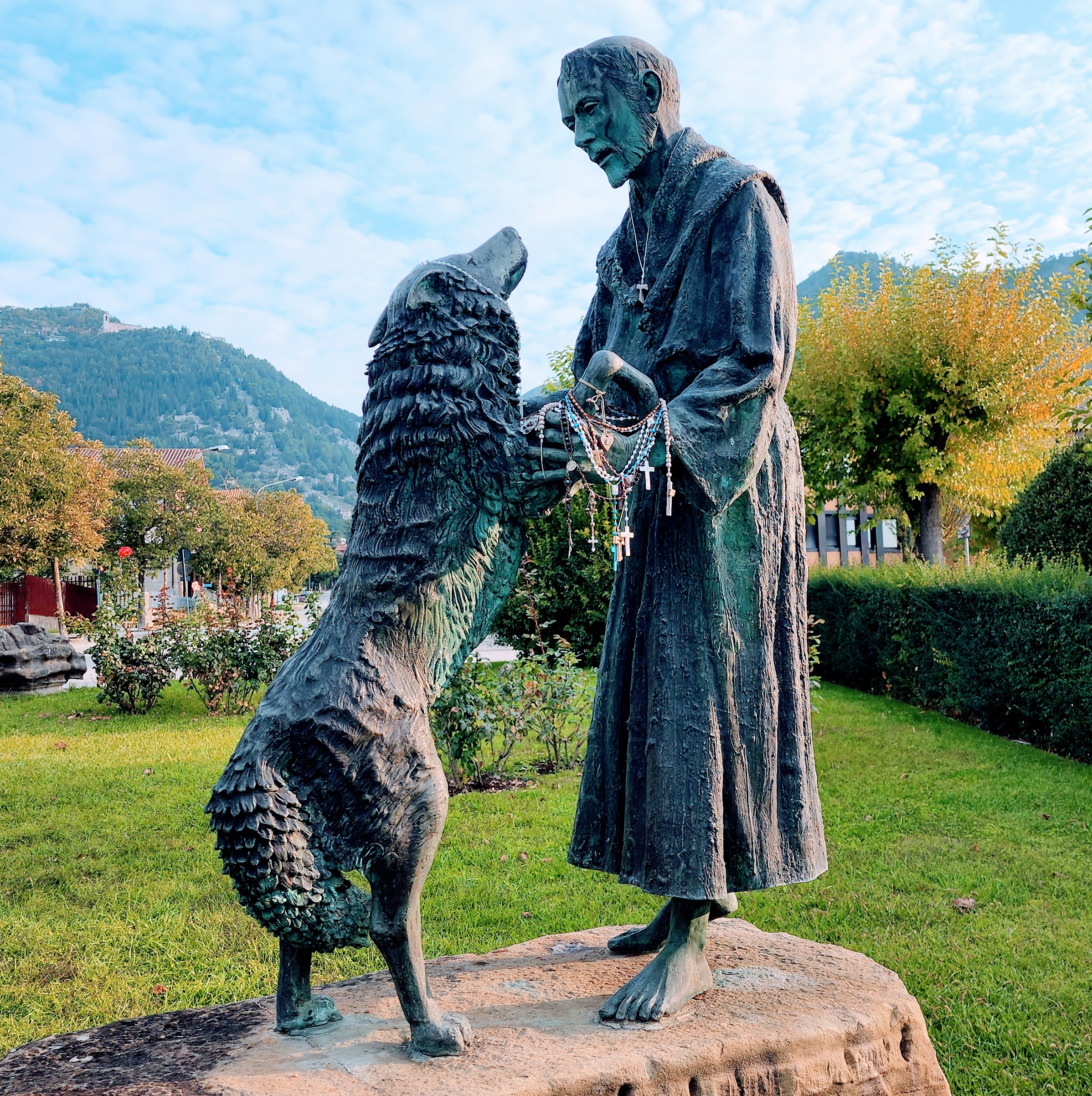
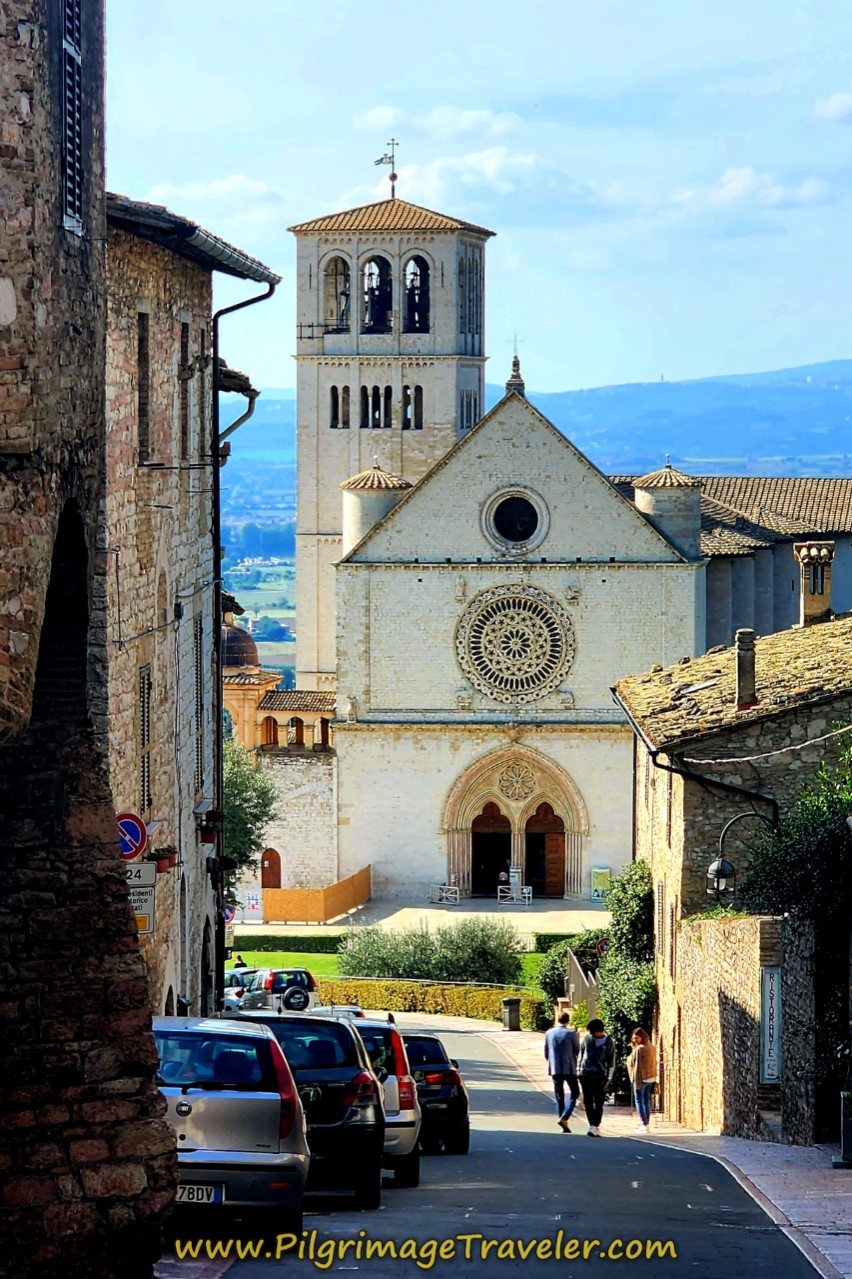

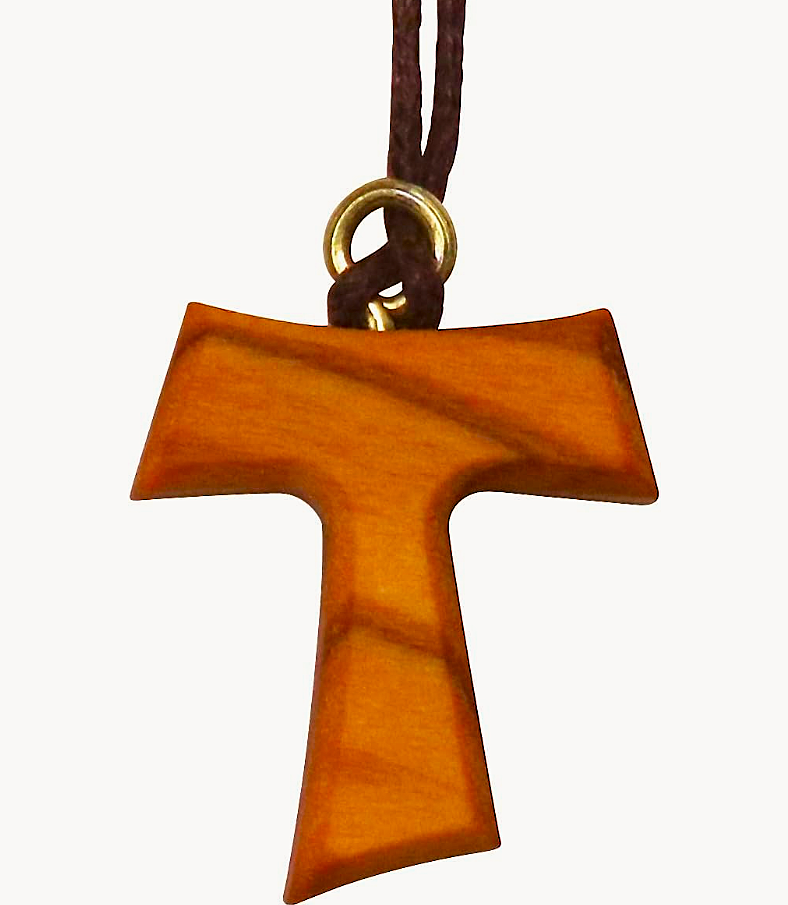
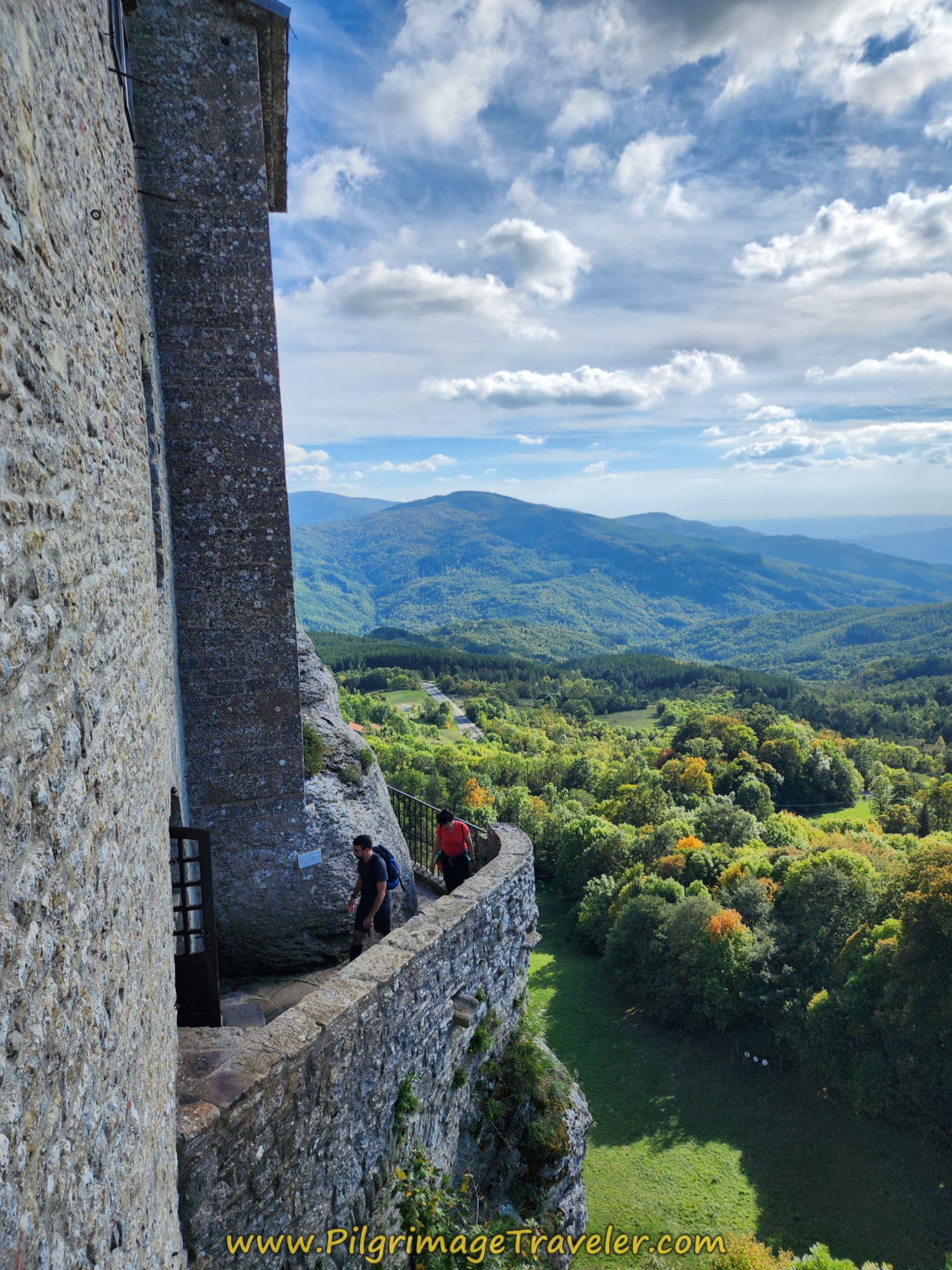
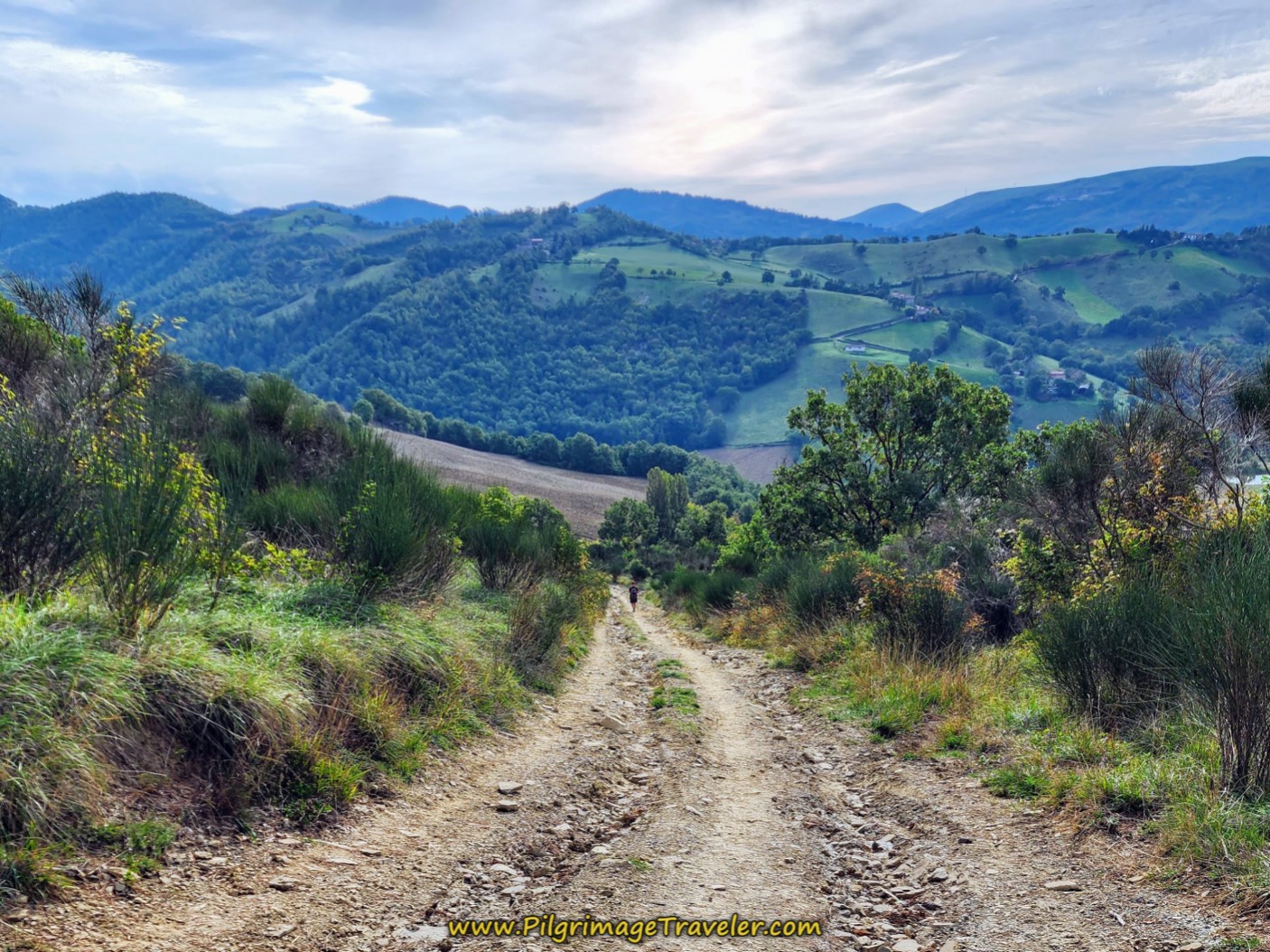
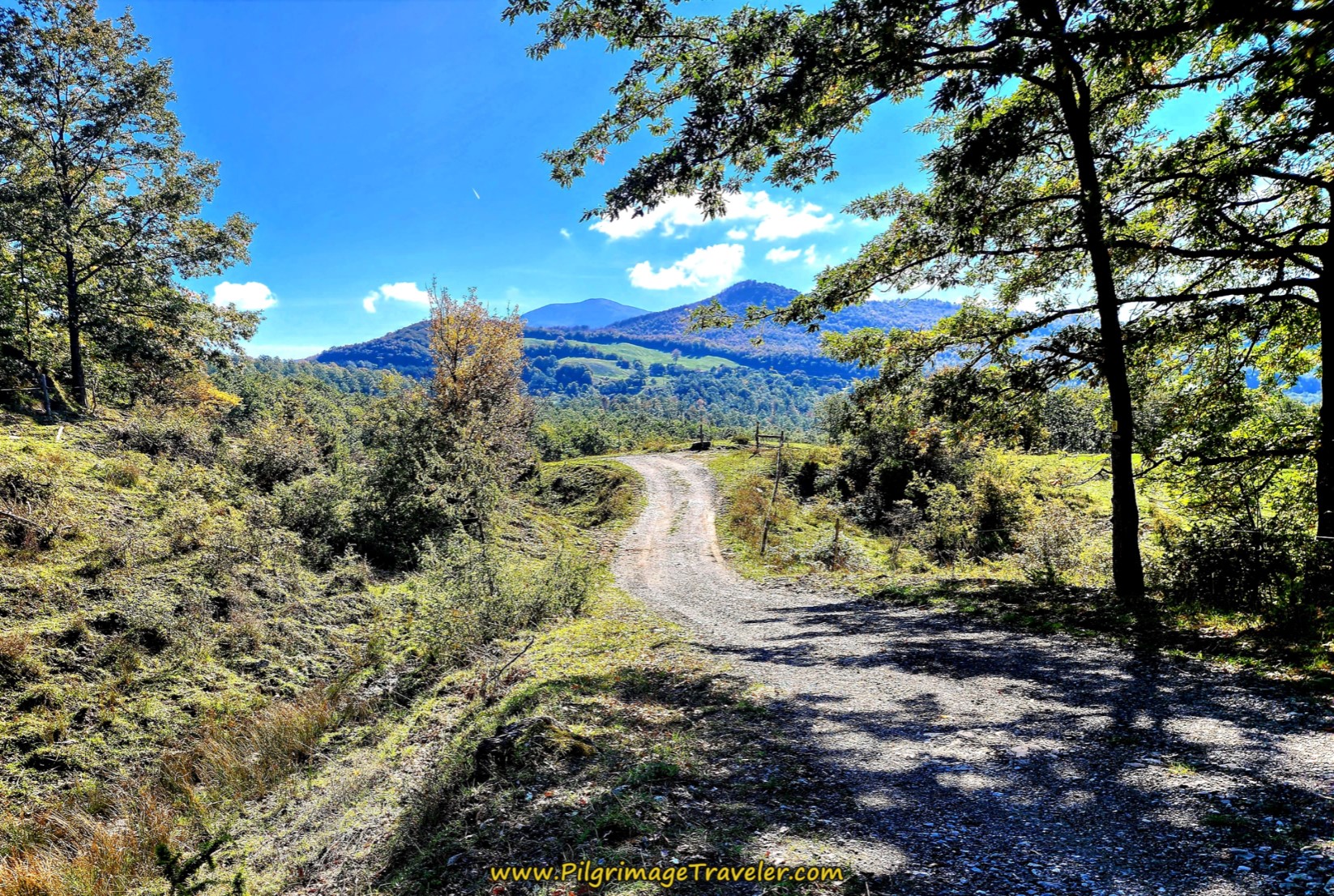
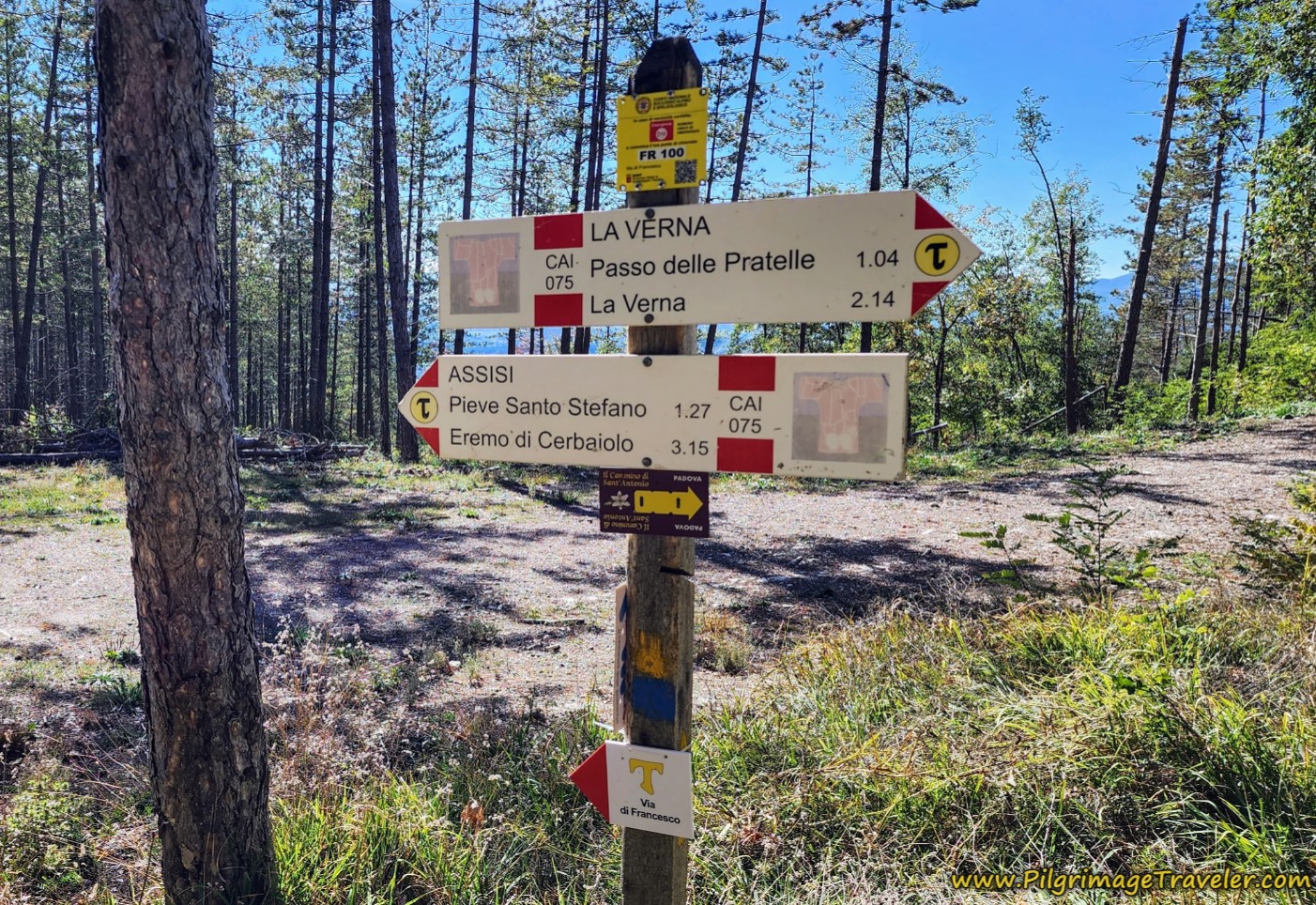
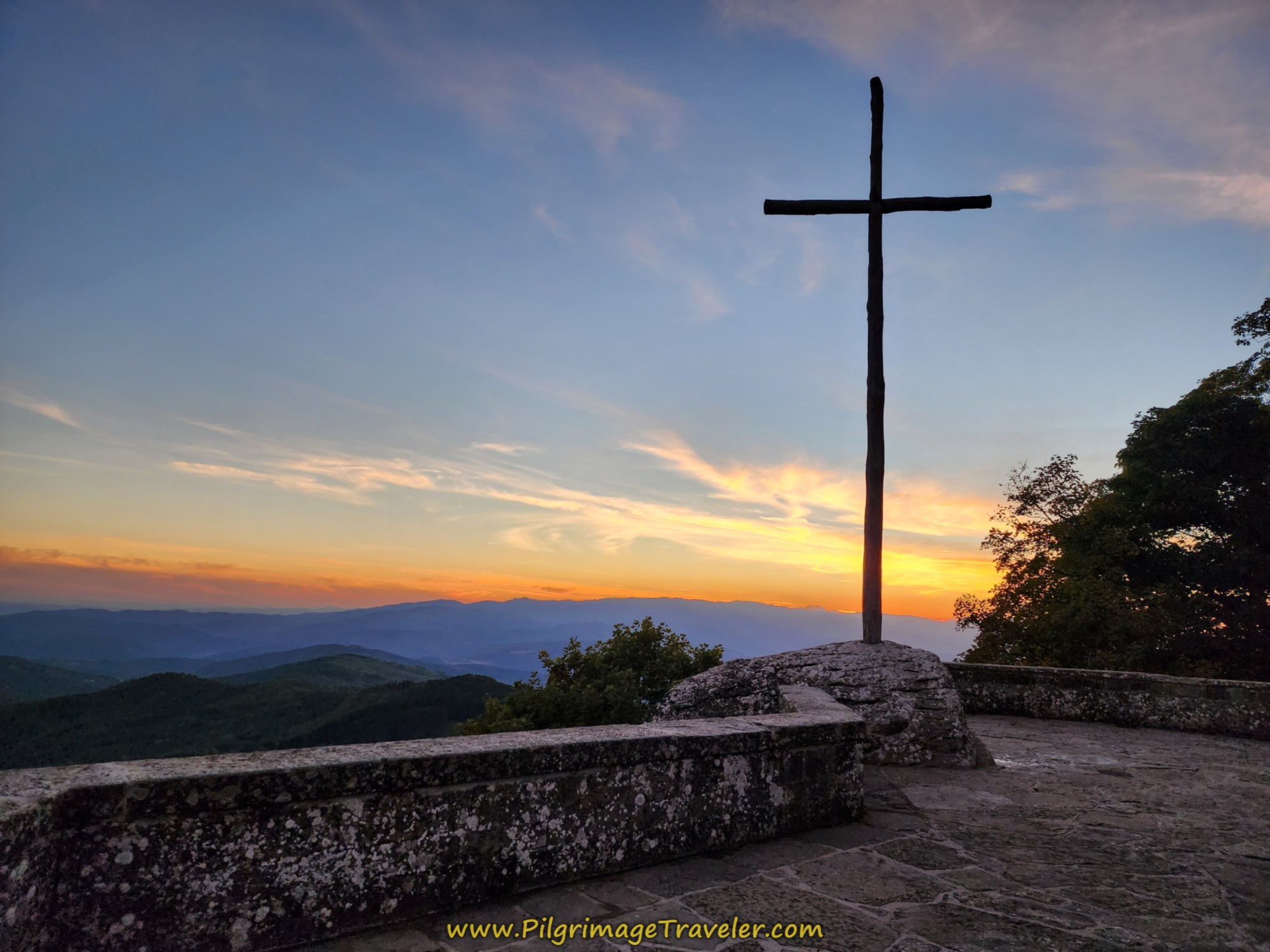
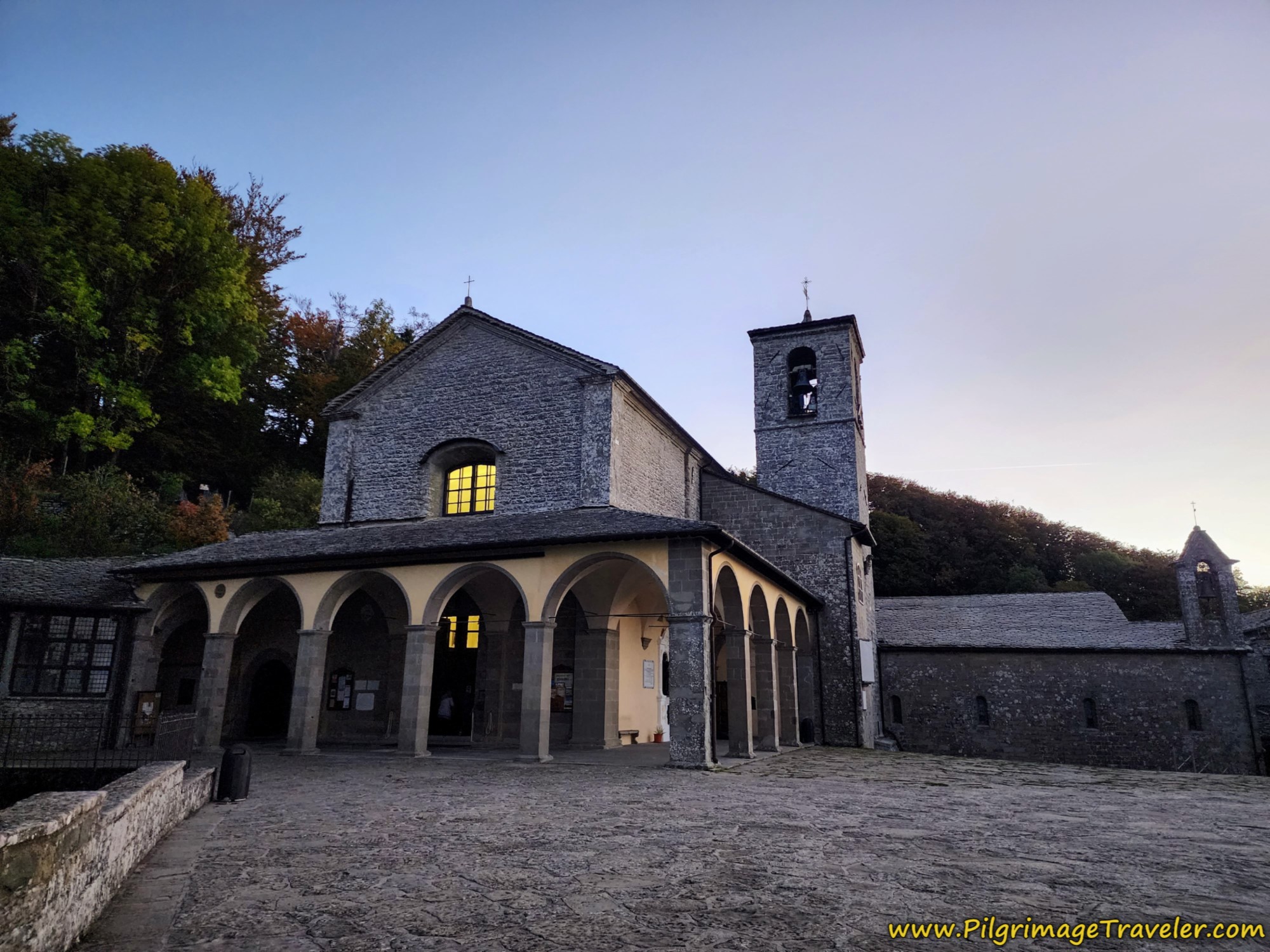
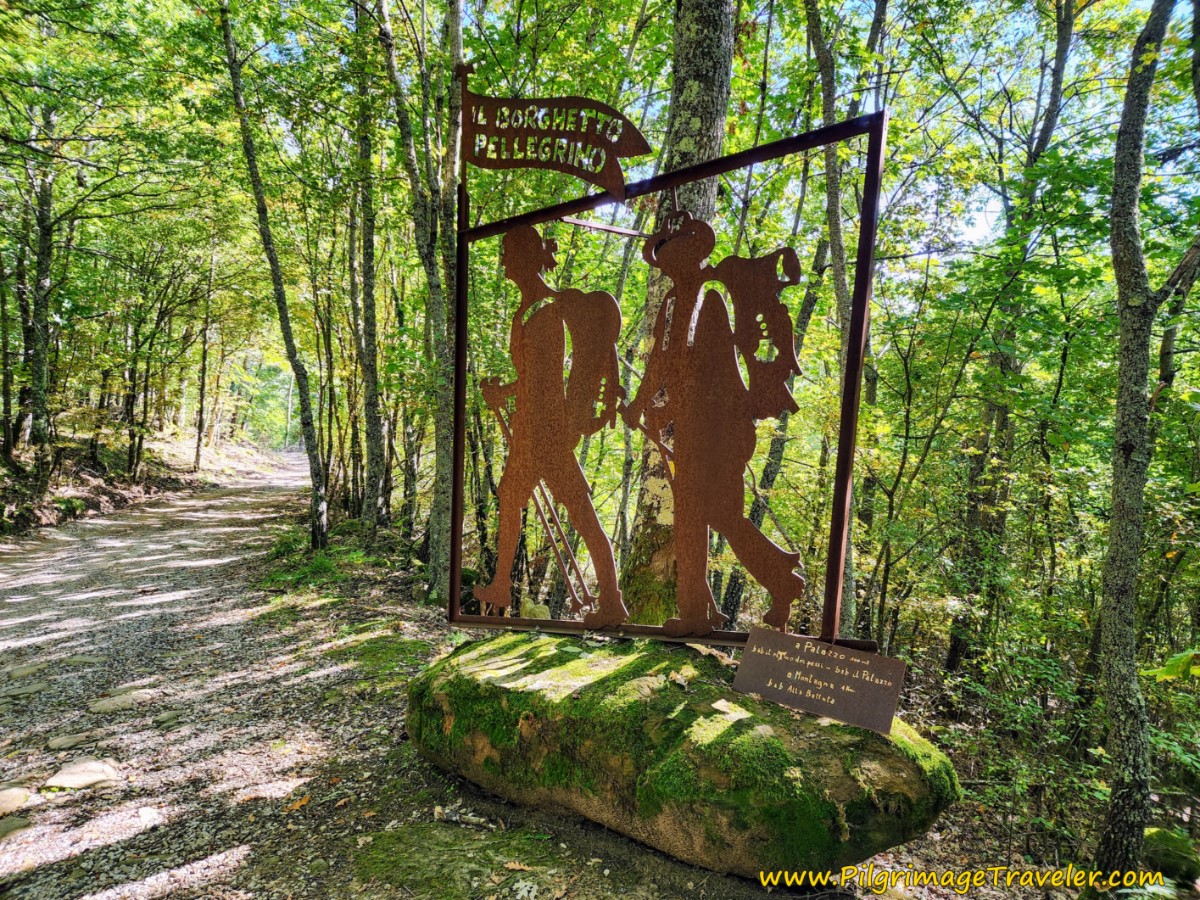
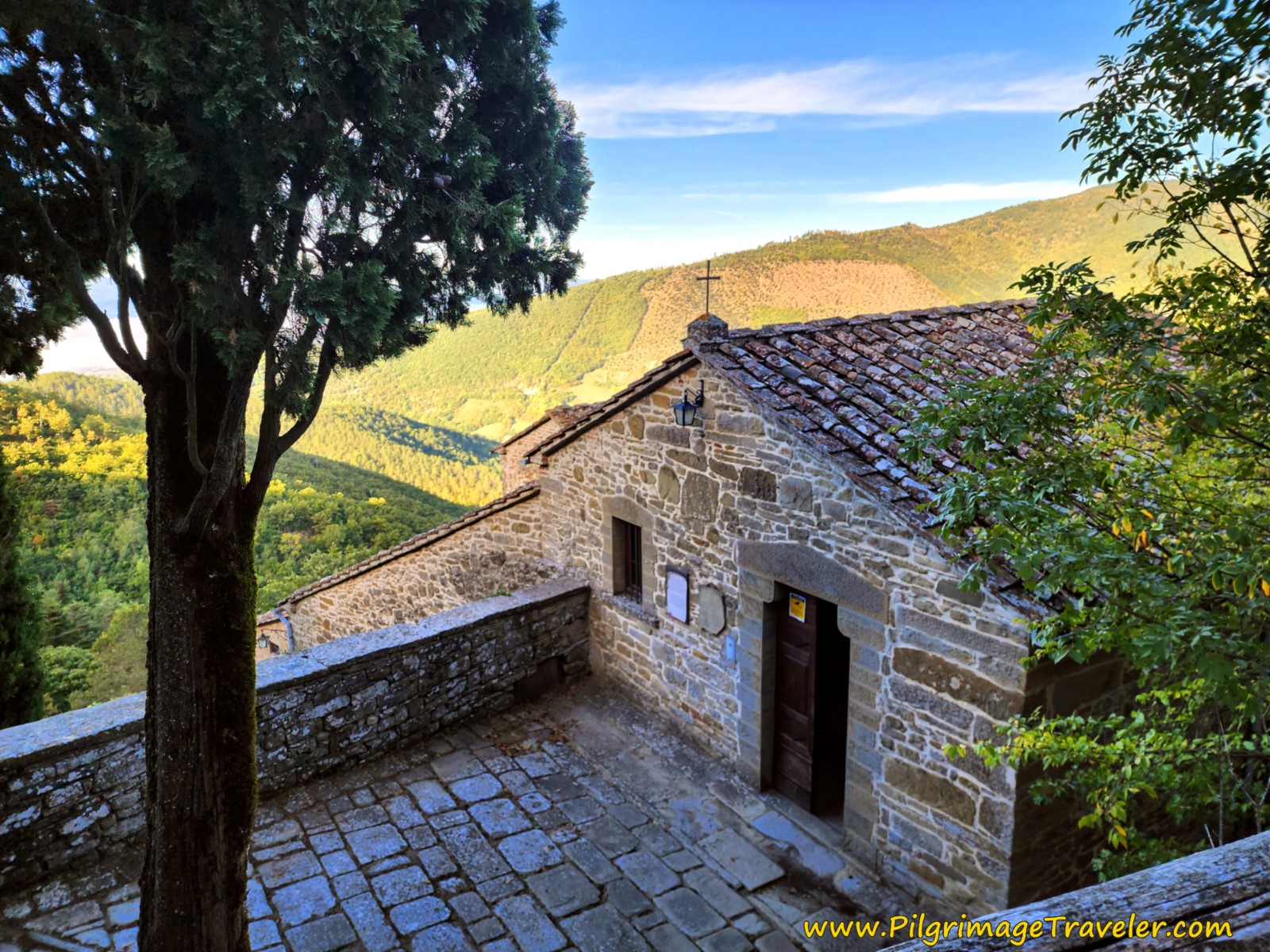
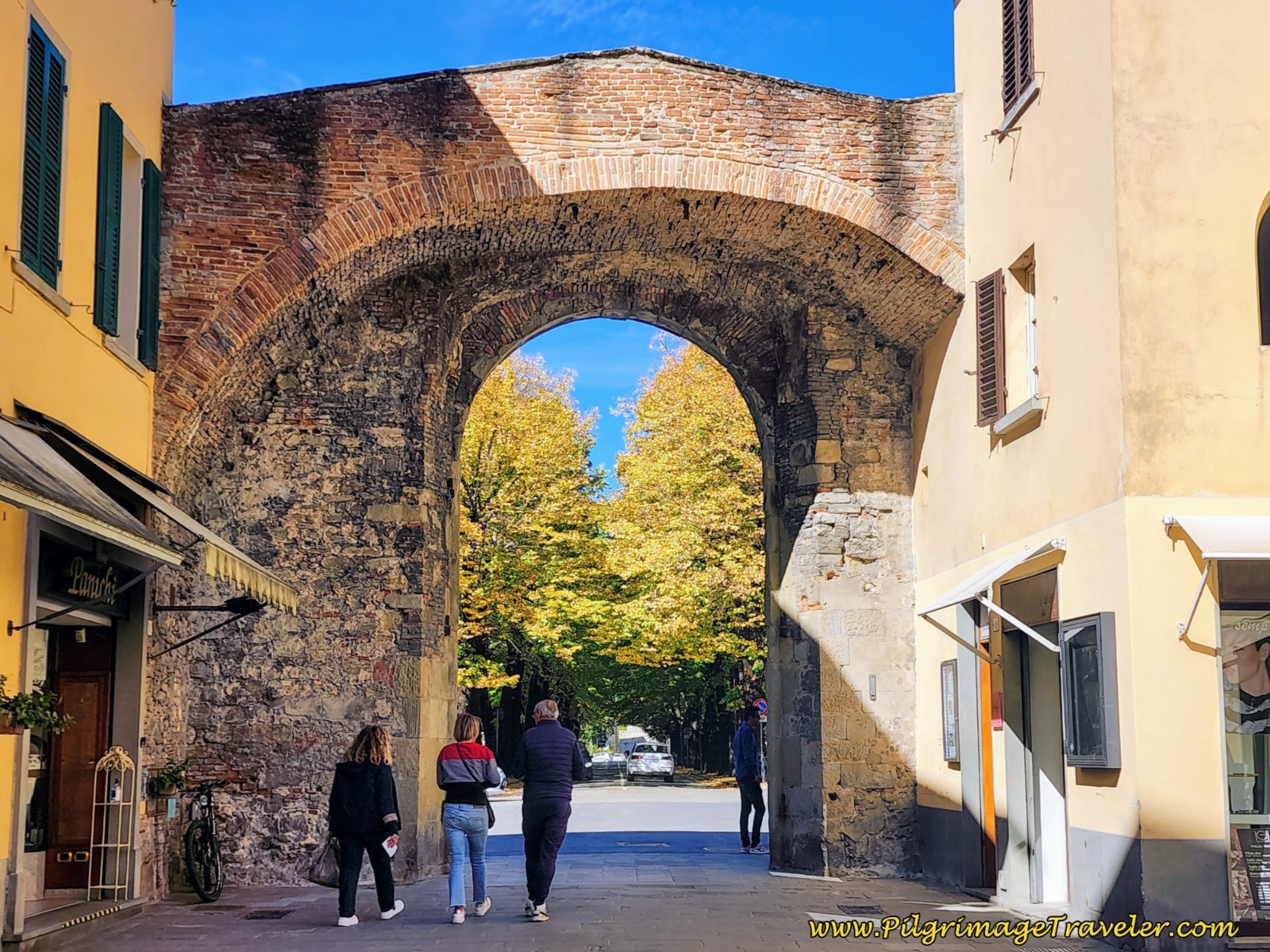
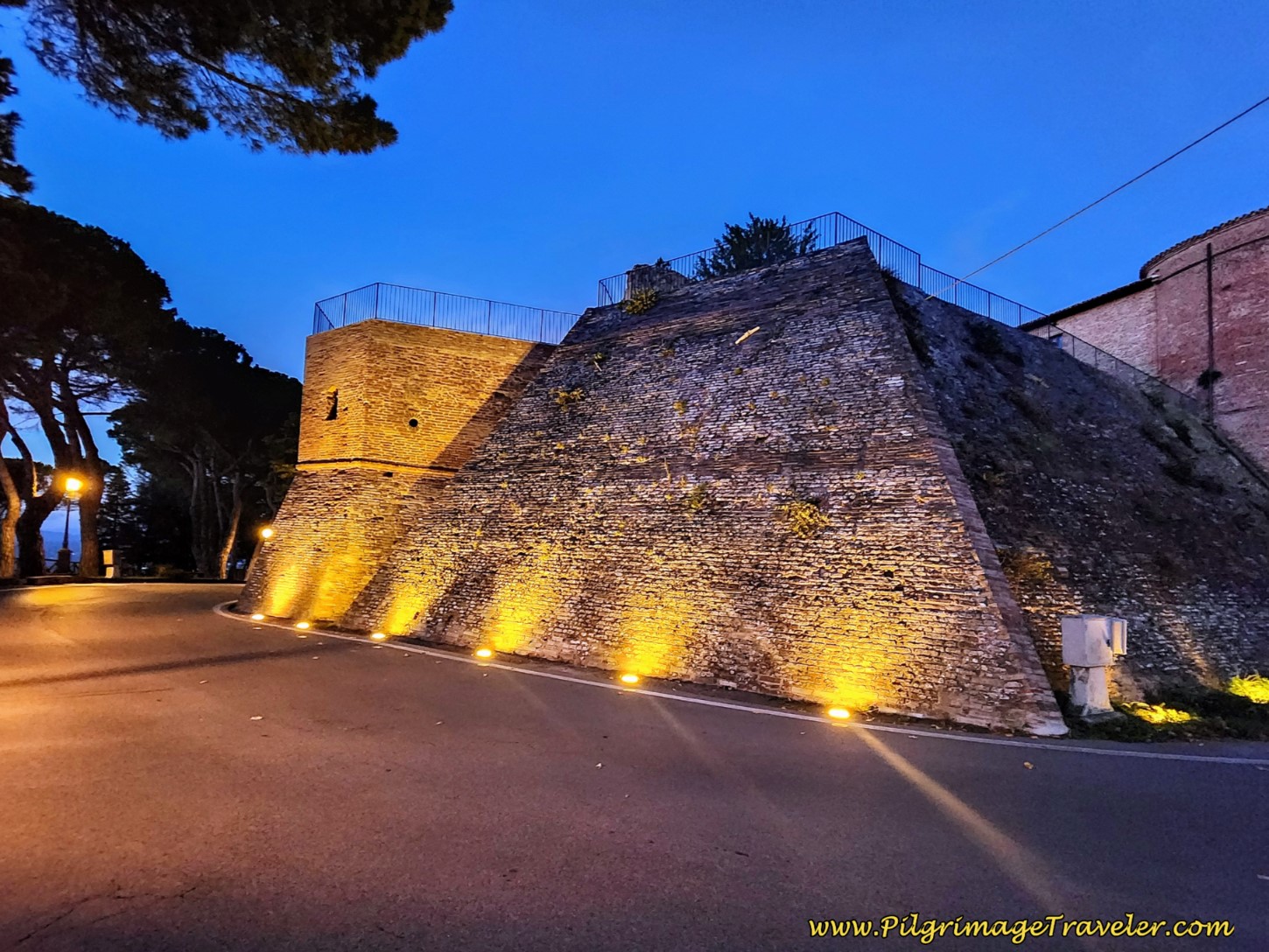
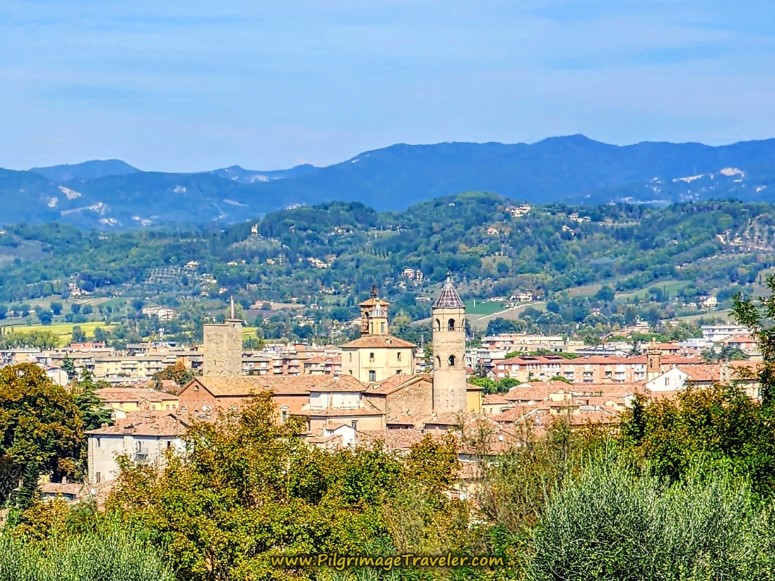
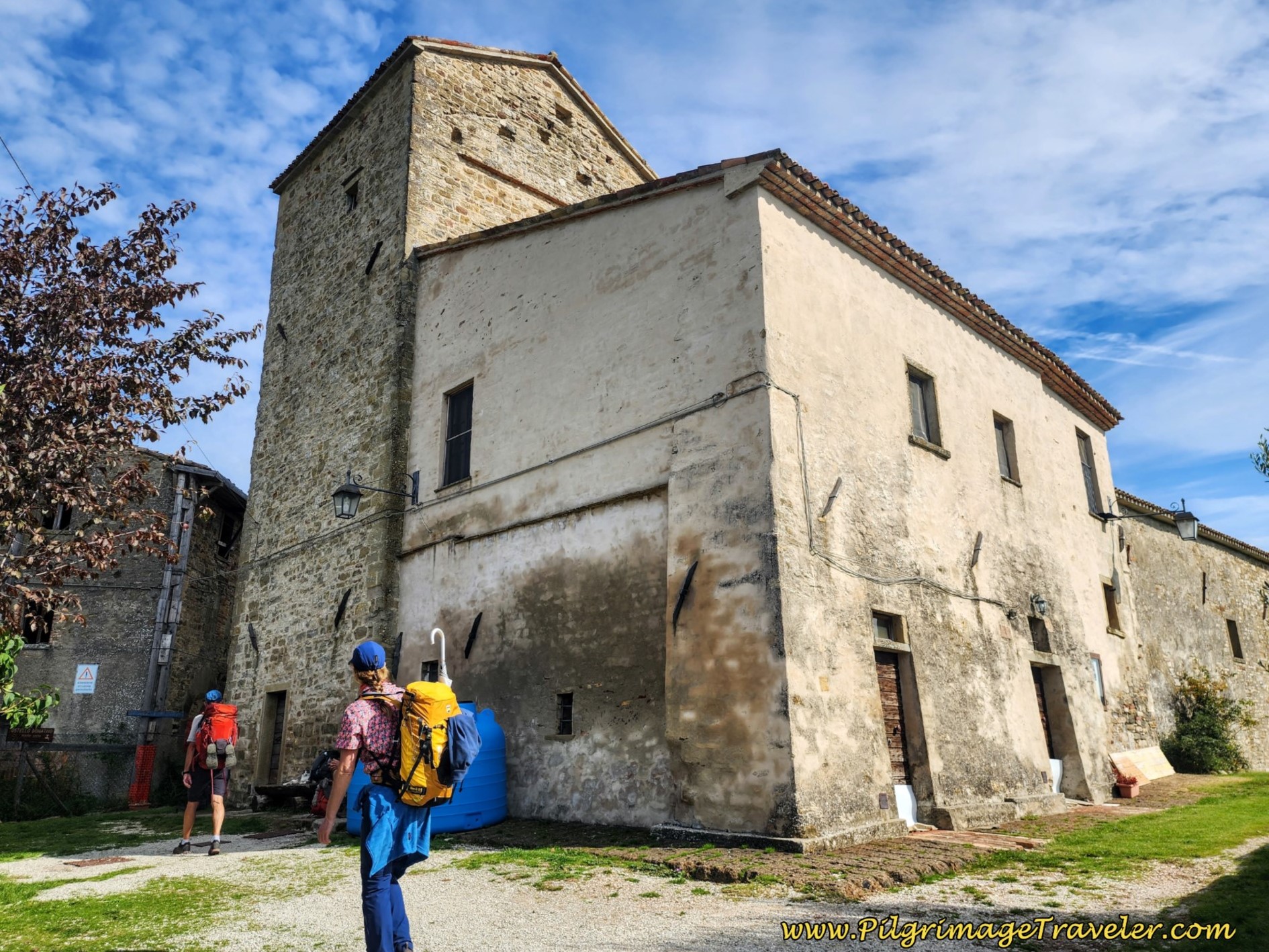
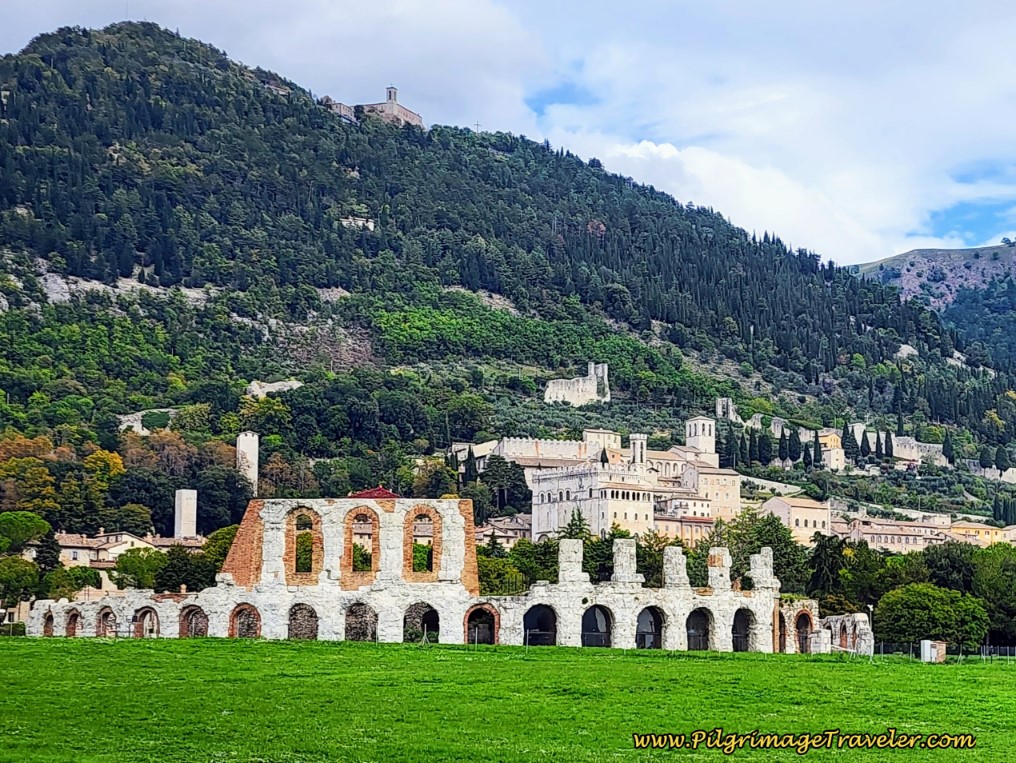
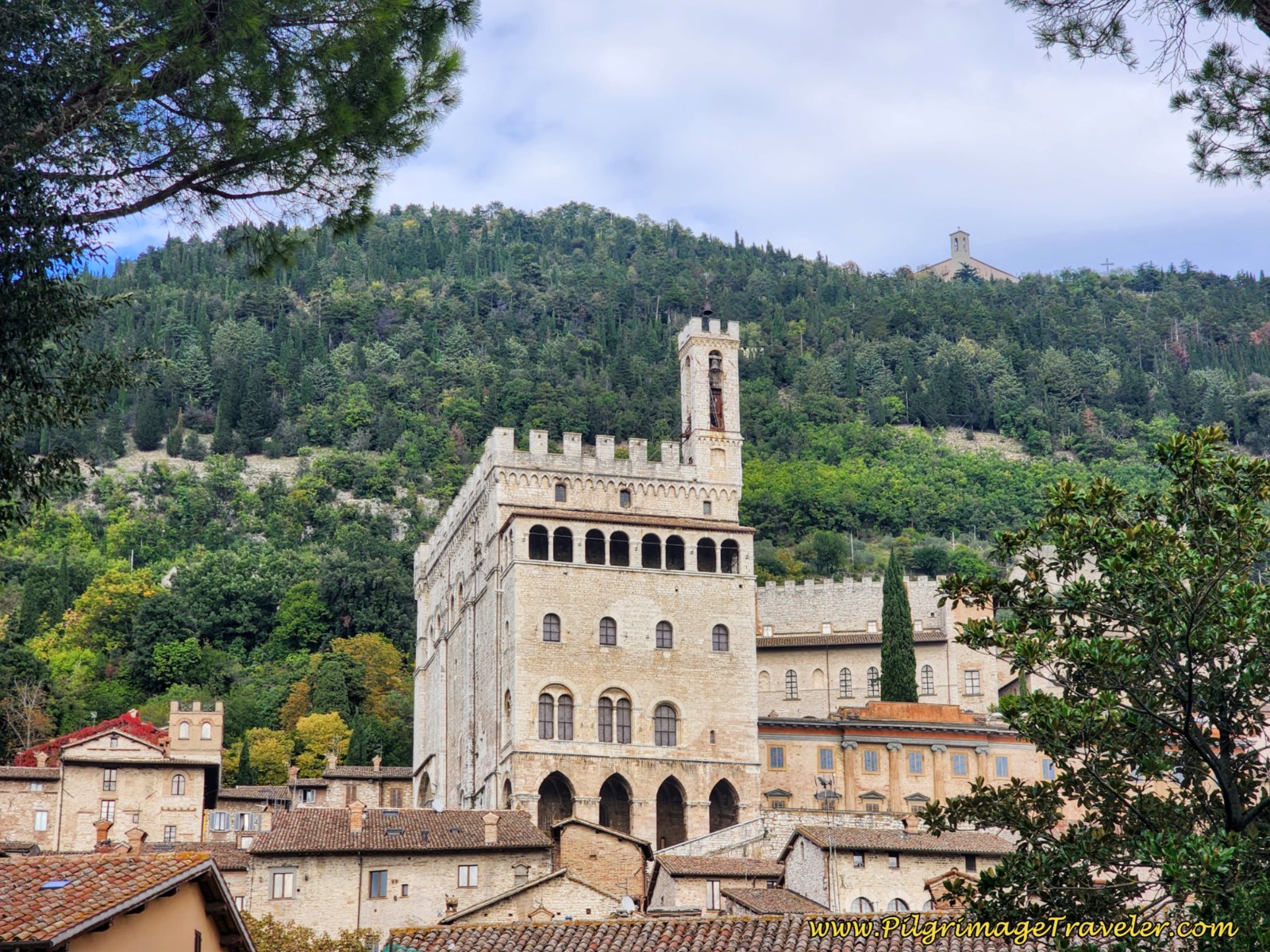
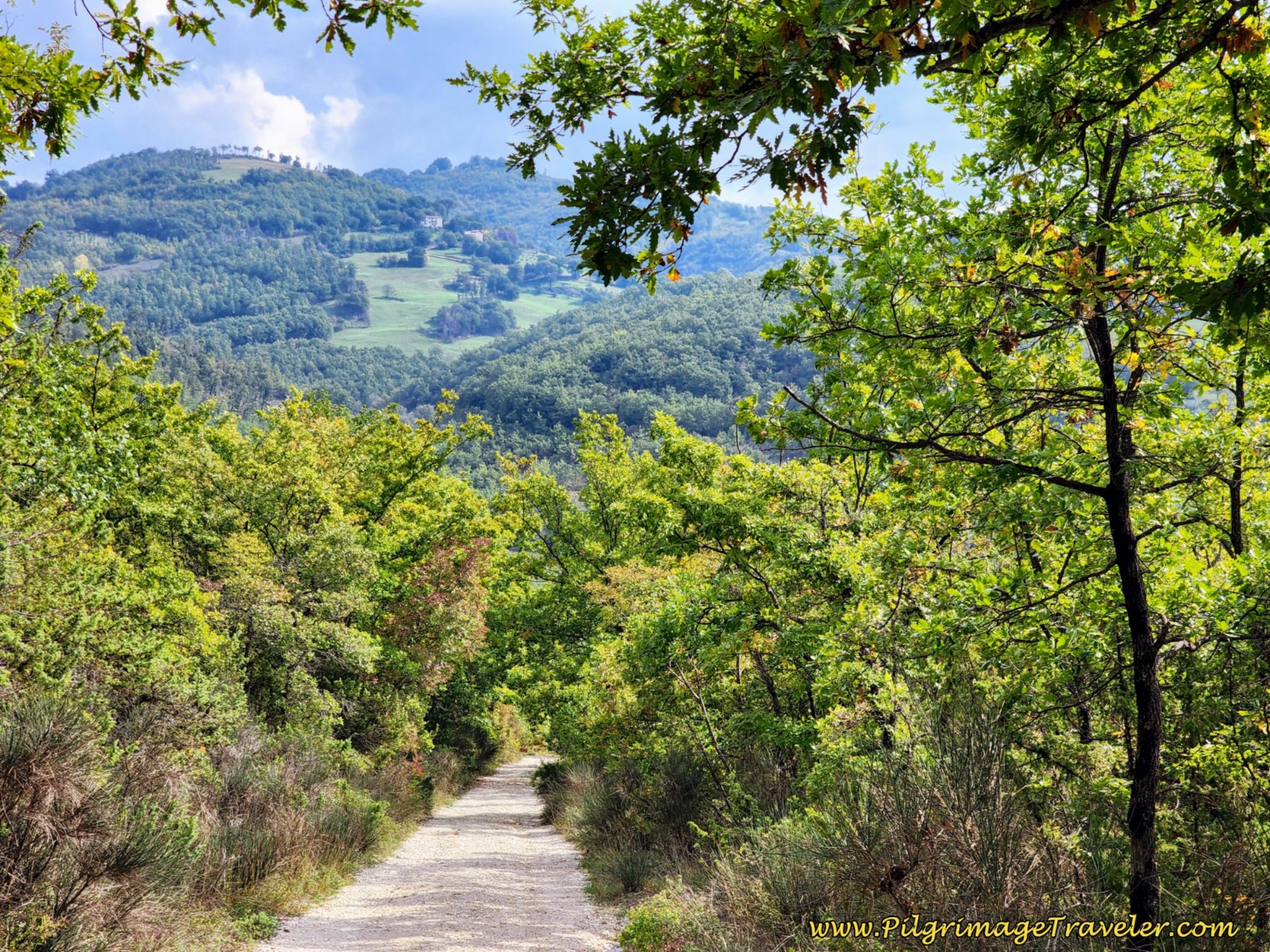
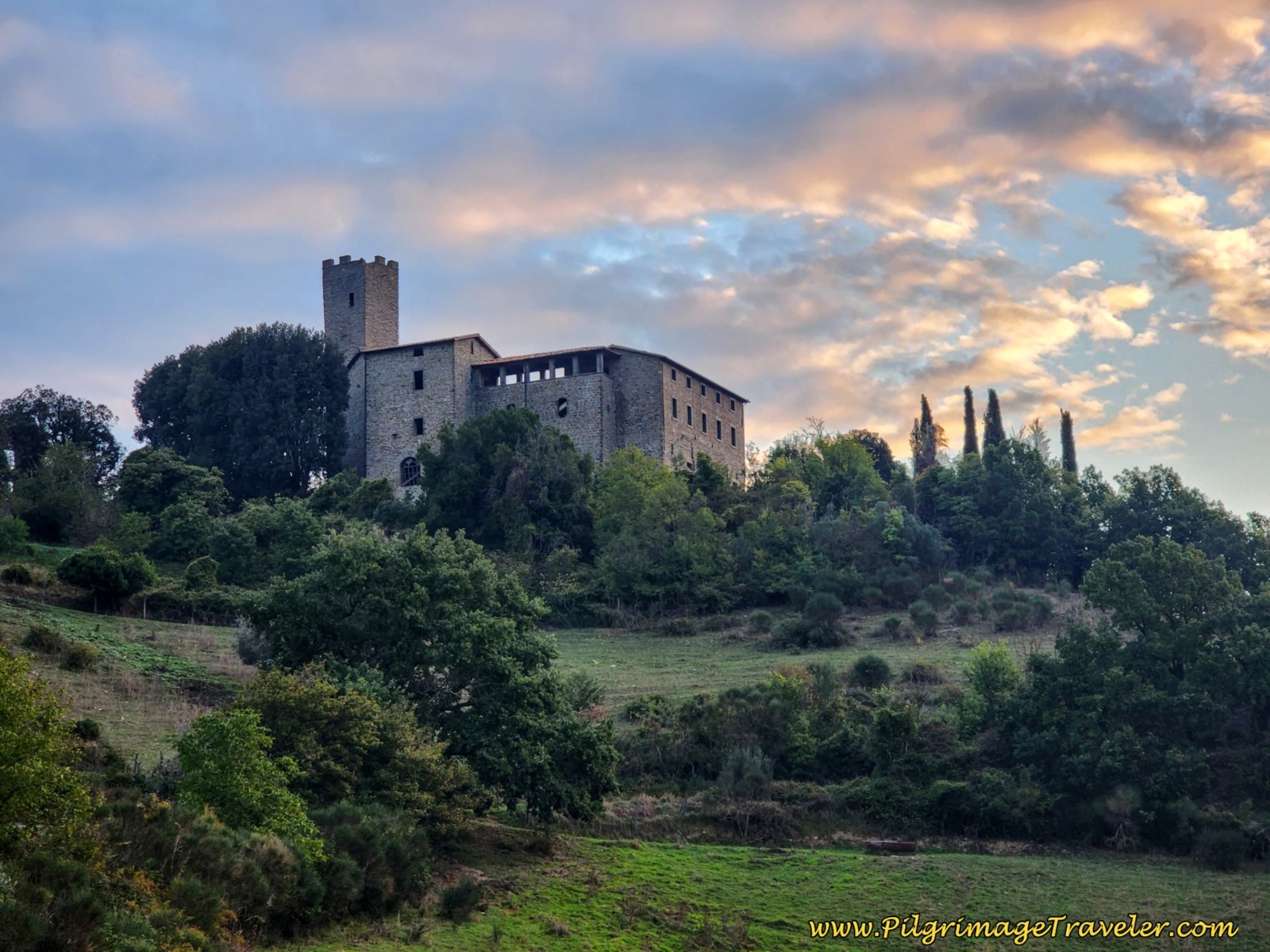
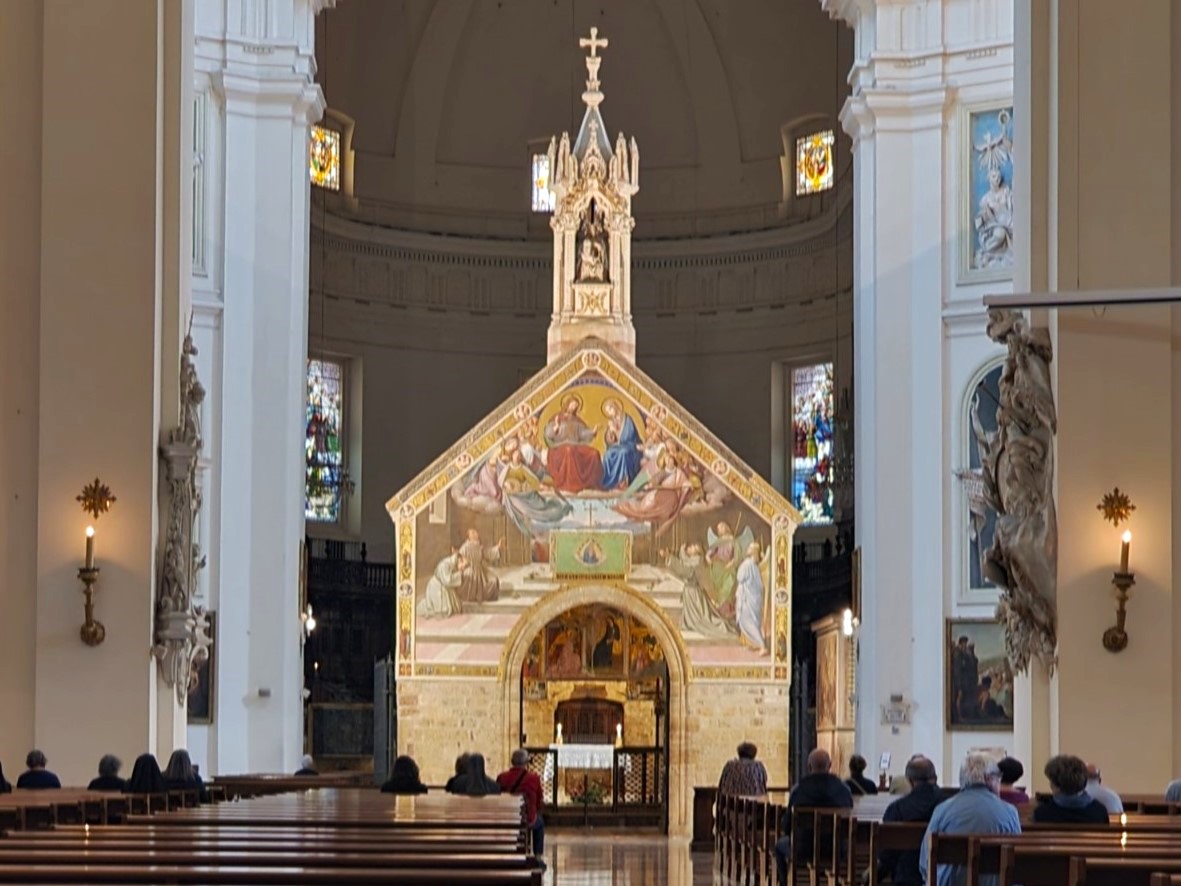
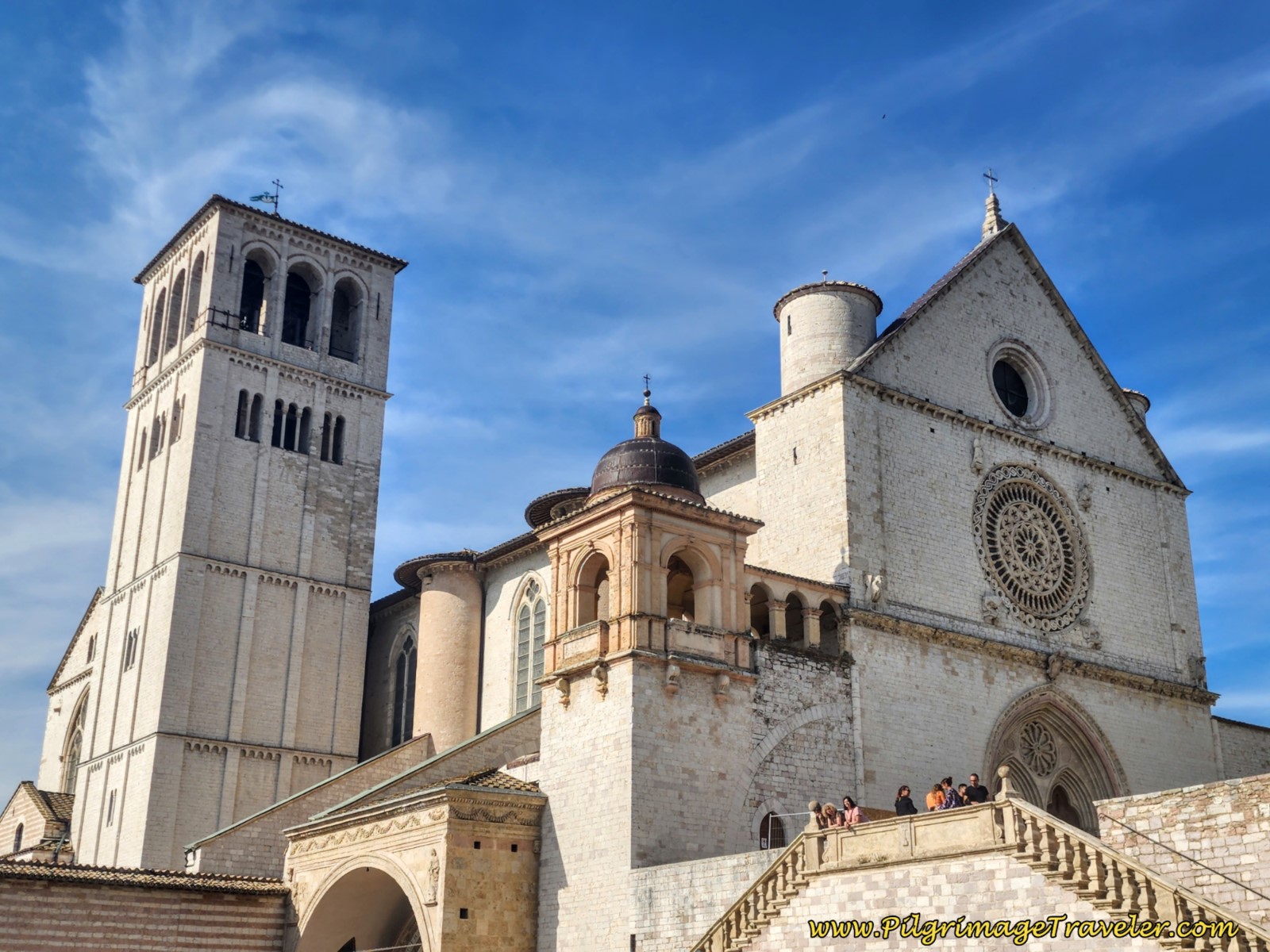











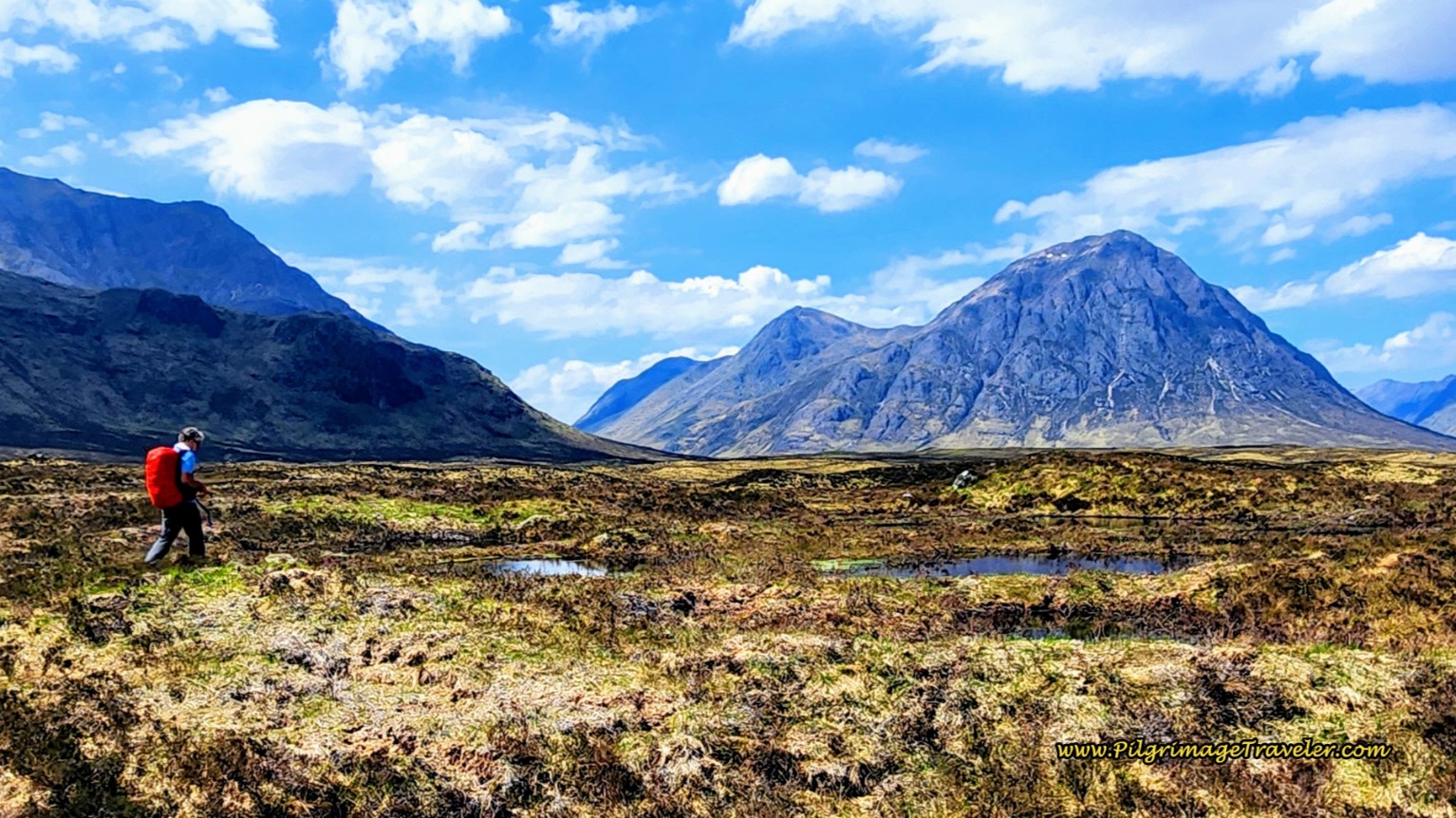
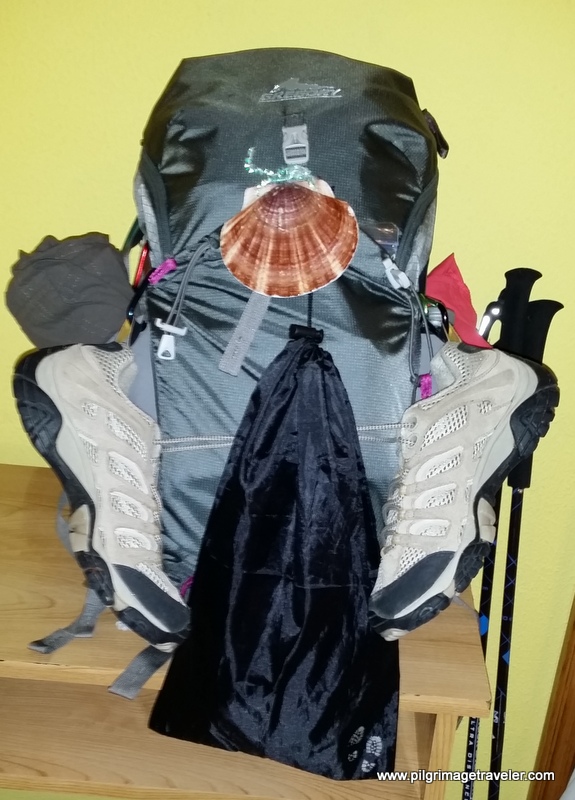



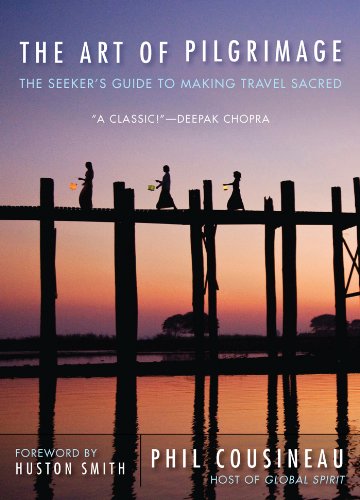


Your Opinion Matters! Comments
Have you had a similar experience, have some advice to give, or have something else you'd like to share? We would love to hear from you! Please leave us a comment in the box below.